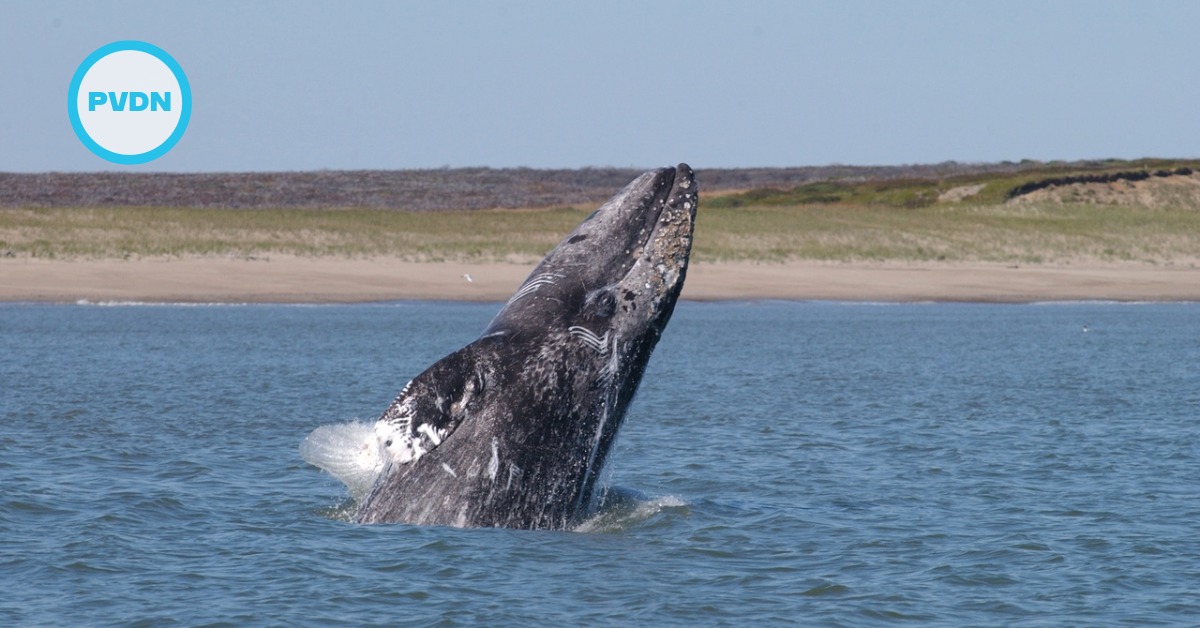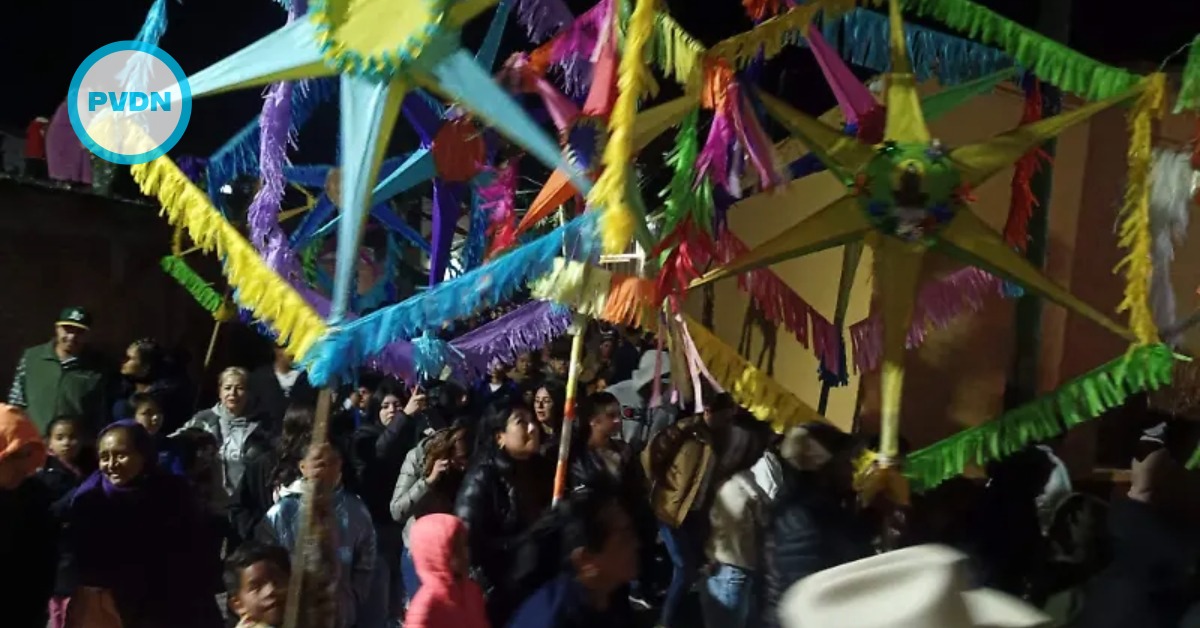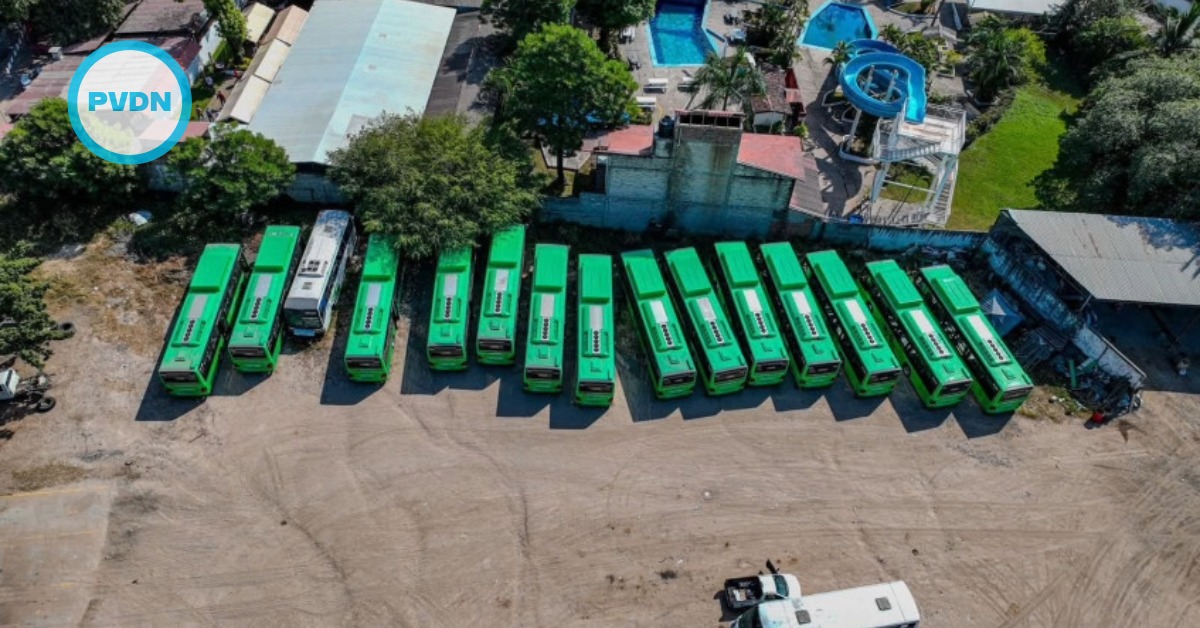The Underground Railroad ran south as well as north. For slaves in Texas, refuge in Canada must have seemed impossibly far away. Fortunately, slavery was also illegal in Mexico.
Researchers estimate 5,000 to 10,000 people escaped from bondage into Mexico, says Maria Hammack, who is writing her dissertation about this topic at the University of Texas at Austin. But she thinks the actual number could be even higher.
“These were clandestine routes and if you got caught you would be killed and lynched, so most people didn’t leave a lot of records,” says Hammack.
There’s some . . .







